NIM-4MFT-T1/E1
Quick Spec
Table 1 shows the quick spec.
| Model | NIM-4MFT-T1/E1 |
| Number of Ports | 4 |
| Clear-Channel Data | Yes |
| MFT Packet Voice | Yes |
| Unstructured E1 (G.703) Support | No |
| Channelized Data | No |
Product Details
Key Features of Cisco 4000 Series Integrated Services Router T1/E1 Voice and WAN Network Interface Modules include:
● Basic T1/E1 data: The MFT versions act as WICs, supporting T1, fractional T1, E1, and fractional E1. To simplify remote management, these modules integrate a fully managed DSU/CSU for T1 deployments and a fully managed DSU for E1 deployments.
● E1/G.703 data: In addition to the basic T1/E1 data support, the CE1T1 versions also support structured G.703 with G.704 framing and unstructured E1 (G.703) applications.
● T1/E1 packet voice: All the modules support packet voice applications by providing T1, fractional T1, E1, and fractional E1 connections to private branch exchanges (PBXs) and central offices, thereby enabling new services and reducing voice and fax toll charges. An additional onboard PVDM4 is required. Also, each NIM has its own PVDM4, so each module can be connected to a different service provider with no single clock domain restriction.
● Mixed data and packet voice: All the modules can simultaneously support both data and voice, reducing the complexity and number of network components and facilitating a graceful migration to bandwidth-efficient packet voice.
● Mixed data and packet voice with drop and insert: You can deploy all the modules as T1/E1 drop-and-insert multiplexers with integrated DSUs/CSUs, reducing the complexity of the network and the cost of the central-office ports by efficiently combining time-division multiplexing (TDM) voice (PBX), IP voice, and data on the same trunks.
Supported Platforms
Table 2 shows the supported platforms.
| Model | Description |
| Cisco ISR4451-X/K9 | 1-2G system throughtput, 4 WAN/LAN ports, 4 SFP ports, 10 Core CPU, Security, Voice, WAAS, Intelligrnt WAN, OnePK, AVC, separate control data and services CPUs |
| Cisco ISR4431/K9 | 500Mbps-1Gbps system throughtput, 4 WAN/LAN ports, 4 SFP ports, multi-Core CPU, Dual-power, Security, Voice, WAAS, Intelligrnt WAN, OnePK, AVC, separate control data and services CPUs |
| Cisco ISR4351/K9 | 200Mbps-400Mbps system throughtput, 2 WAN/LAN ports, 3 SFP ports, multi-Core CPU,2 service module slots, Security, Voice, WAAS, Intelligrnt WAN, OnePK, AVC |
| Cisco ISR4331/K9 | Cisco 4000 Router, 100Mbps-300Mbps system throughtput, 2 WAN/LAN ports, 2 SFP ports, multi-Core CPU,1 service module slots, Security, Voice, WAAS, Intelligrnt WAN, OnePK, AVC |
| Cisco ISR4321/K9 | 50Mbps-100Mbps system throughtput, 2 WAN/LAN ports, 1 SFP port, multi-Core CPU,2 NIM, Security, Voice, WAAS, Intelligent WAN, OnePK, AVC |
| Cisco ISR4221/K9 | 35Mbps-75Mbps system throughtput, 2 WAN/LAN ports, 1 SFP port, multi-Core CPU,2 NIM |
| ISR4461/K9 | Cisco ISR 4461 with 4 onboard GE, 3 NIM slots, 1 ISC slot, 3 SM slots, 8 GB Flash Memory default, 2 GB DRAM default (data plane), 4 GB DRAM default (control plane) |
Compare to Similar Items
Table 3 shows the comparison.
| Part Number | Number of Ports | Clear-Channel Data | MFT Packet Voice | Unstructured E1 (G.703) Support | Channelized Data |
| NIM-1MFT-T1/E1 | 1 | Yes | Yes | No | No |
| NIM-2MFT-T1/E1 | 2 | Yes | Yes | No | No |
| NIM-4MFT-T1/E1 | 4 | Yes | Yes | No | No |
| NIM-8MFT-T1/E1 | 8 | Yes | Yes | No | No |
| NIM-1CE1T1-PRI | 1 | Yes | Yes | Yes | Yes |
| NIM-2CE1T1-PRI | 2 | Yes | Yes | Yes | Yes |
Description
NIM-4MFT-T1/E1 Overview
NIM-4MFT-T1/E1 is a Cisco Voice/WAN Module (4-port T1/E1) for ISR 4000 series. Cisco® Fourth-Generation 1-, 2-, 4-, and 8-Port T1/E1 Multiflex Trunk Voice and WAN Network Interface Modules (NIMs) support data and voice applications on the Cisco 4000 Integrated Services Routers (Figure 1). These cards combine WAN-interface-card (WIC), voice-interface-card (VIC), ISDN Primary Rate Interface (PRI), dial-access integration, and channelized-data (CE1T1) functions to provide superior flexibility, versatility, and investment protection through their many uses. Customers who choose to integrate data and voice in multiple steps preserve their investment in a T1/E1 WAN interface. These NIMs are not supported with Cisco 2900 and 3900 Integrated Services Routers.
NIM-4MFT-T1/E1 Specification
NIM-4MFT-T1/E1 Specification |
|
| Number of Ports | 4 |
| Clear-Channel Data | Yes |
| MFT Packet Voice | Yes |
| Unstructured E1 (G.703) Support | No |
| Channelized Data | No |
| Configuration Description | MFT Modules |
| Data Only | |
| Serial data (channel-group*) | 2 per port |
| E1 unframed G.703 | Not Supported |
| Voice Only | |
| Voice channel associated signaling (CAS) (ds0-group**) | 24 per port (T1)
31 per port (E1) 1 per timeslot |
| Voice and Data | |
| PRI (pri-group***) | 1 per port |
| Drop and insert
(tdm-group****) |
24 per port (T1)
31 per port (E1) 1 per timeslot |
| Dimensions (H x W x D) | 1.25 x 3.50 x 7.24 in. (3.18 x 8.89 x 18.39 cm) |
| Environmental | ● Operating temperature: 0 to 50°C (32 to 122°F)
● Storage temperature: -20 to +65°C (-4 to 148°F) ● Relative humidity: 10 to 85% noncondensing operating; 5 to 95% noncondensing, nonoperating |
| T1 Compliance (partial list) | ● TIA-968-A
● CS-03 ● Jate ● ANSI T1.403 |
| E1 Compliance (partial list) | ● TBR4, TBR12, and TBR13
● ITU-T G.703, G.704, G.823, and I.431 ● S016 (Australia) |
| Weight | 0.44 lb (200g) |
* channel-group refers to bonding of one or more time slots into a single High-Level Data Link Control (HDLC)-framed serial connection for IP data traffic connectivity. This connection is used for HDLC, Frame Relay, and Multilink PPP (MLPPP) serial WAN connections.
** ds0-group refers to bonding of one or more time slots into a single TDM voice connection using CAS such as ear and mouth (E&M), foreign exchange station (FXS), or foreign exchange office (FXO). This connection is used for TDM PBX or PSTN connections and typically is deployed only on T1.
*** pri-group refers to bonding of two or more time slots into a single TDM connection using ISDN signaling. This connection is typically used for TDM PBX or PSTN voice connections on T1 and E1, and also for data WAN connections on E1. Each call on the PRI is individually indicated as being a voice or data call with the ISDN bearer capability delivered with the call. Signaling is done on the D-channel, which is always channel 24 on a T1 and channel 31 on an E1.
**** tdm-group refers to cross-connecting one or more time slots from one TDM interface to another. This connection is used to groom channels from different access points onto a combined T1 or E1 uplink. Because the router merely cross-connects and does not interpret or route the traffic from the ingress interface to the egress interface, the traffic type (voice and data) is transparent to the router.
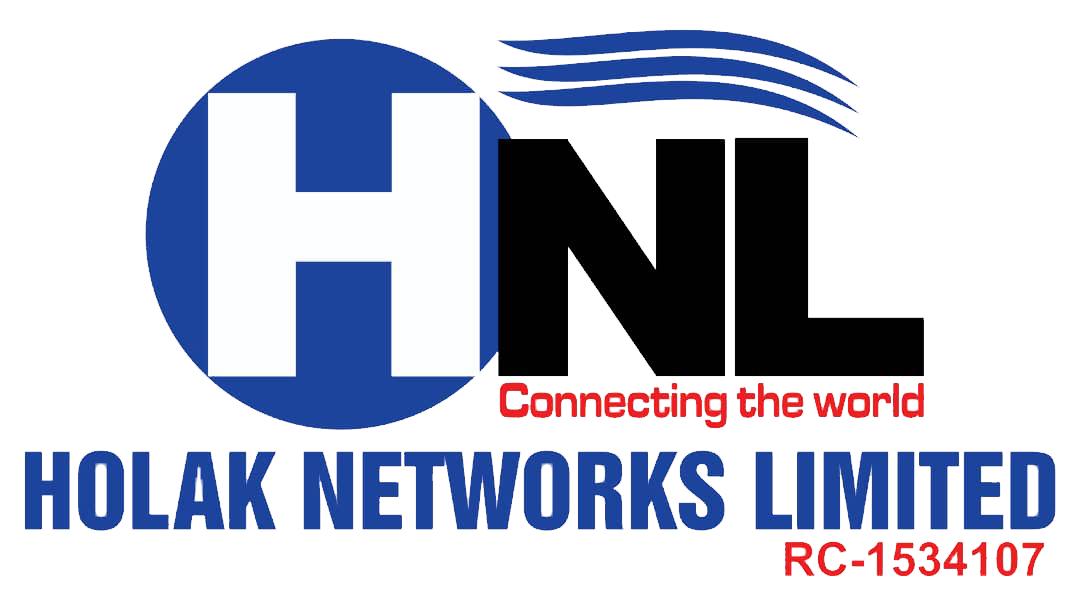
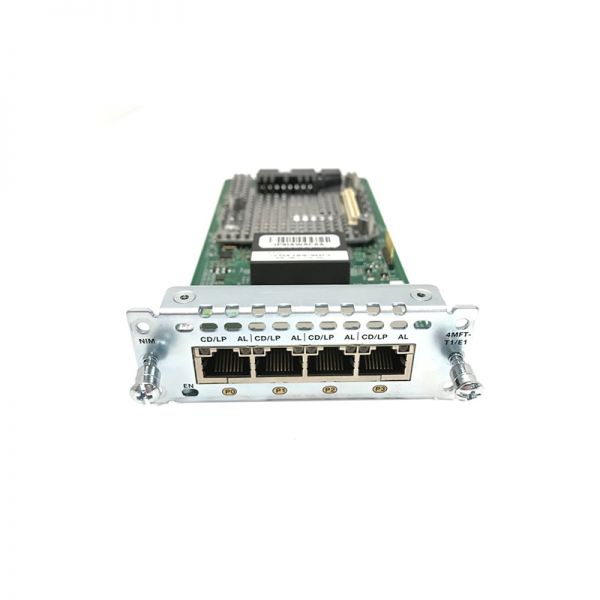
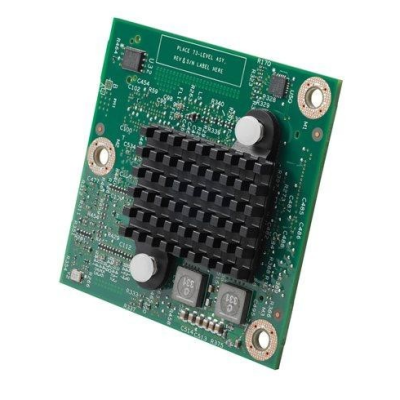
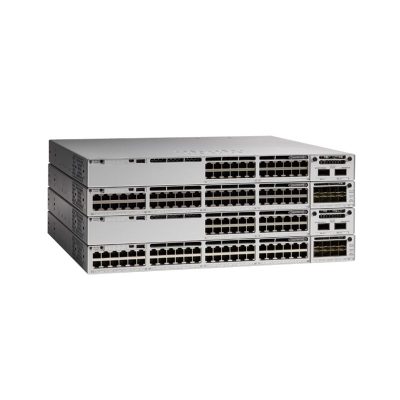
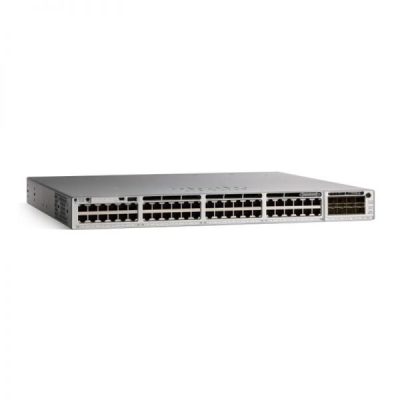

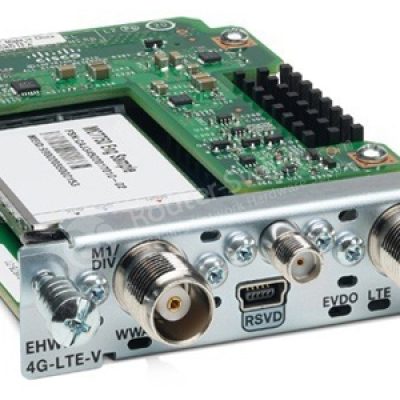

Reviews
There are no reviews yet.